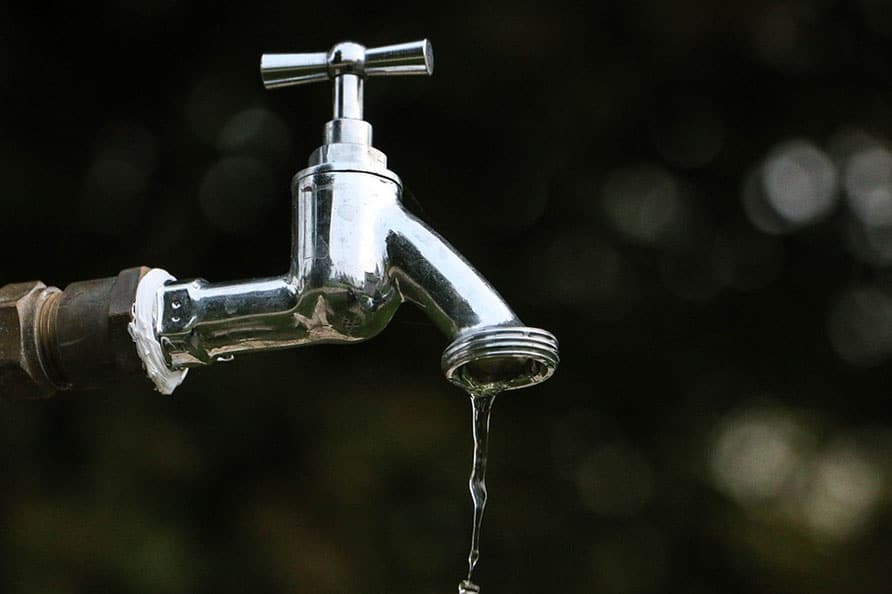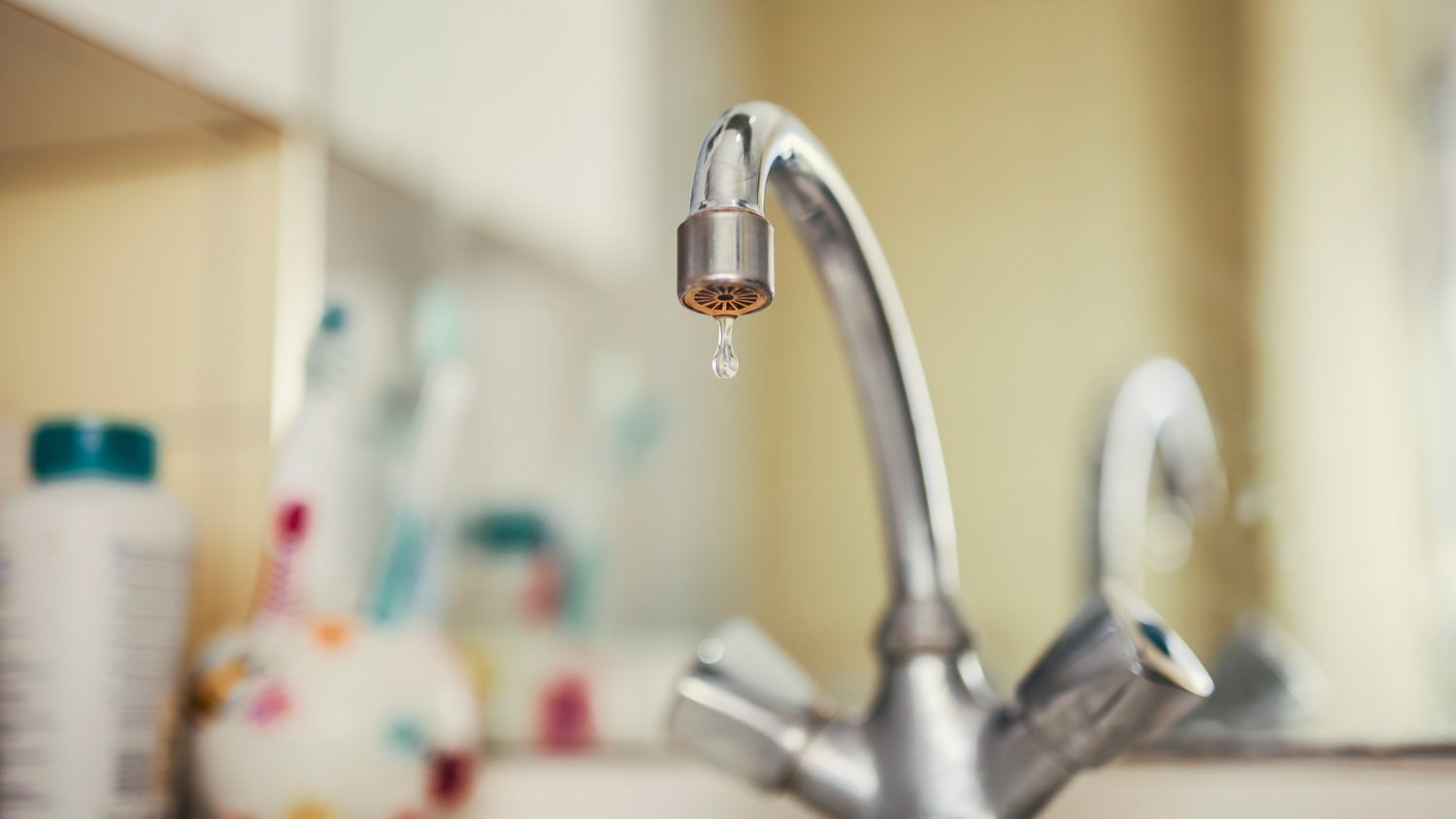Every person maintains their own rationale on the subject of Potential Health Risks Associated With Leaky Faucets.

Introduction
A leaky tap could feel like a small aggravation, yet its effects expand much past the periodic drip. Comprehending the impacts of a leaking faucet is important for both house owners and the atmosphere. In this post, we'll check out the different impacts of this usual house concern and why resolving it immediately is vital.
Reasons For Leaky Faucets
Leaky faucets can arise from a selection of aspects, including wear and tear, high water pressure, and deterioration. Gradually, the continuous use of taps can cause worn-out seals and gaskets, creating leakages to establish. Additionally, excessive water stress can put strain on plumbing components, causing leaks. Corrosion and corrosion can likewise weaken tap elements, making them prone to leak.
Water Wastage
Among the most significant effects of a leaking faucet is water wastefulness. Even a tiny drip can amount to gallons of wasted water with time. This not only drives up water expenses but additionally contributes to water deficiency and ecological destruction. Attending to leaky taps quickly is critical for saving this precious source and minimizing its influence on the planet.
Financial Influence
In addition to drainage, leaky taps can also have a considerable financial effect. Increased water expenses are a straight repercussion of water wastefulness, costing house owners hundreds of bucks each year. Additionally, the price of repairing water damages brought on by leaks can be considerable, especially if left unattended for an extensive period.
Environmental Effect
The environmental impact of dripping taps prolongs past water wastefulness. By conserving water, homeowners can add to broader initiatives to mitigate water deficiency and shield natural environments. Sustainable options such as rain harvesting and water-efficient fixtures can better lower the environmental impact of home water use.
Technological Solutions
Innovations in technology have brought about the development of clever taps and water-saving tools that assist reduce water wastage. Smart taps make use of sensing units to detect movement and change water flow accordingly, lowering waste without giving up ease. Water-saving tools such as aerators and low-flow showerheads are also effective in preserving water without compromising performance.
Global Perspectives
While dripping faucets may seem like a localized issue, they contribute to broader worldwide difficulties such as water shortage and climate modification. In regions already facing water stress, every drop counts, making leak avoidance and repair service necessary. By taking on water-saving methods and purchasing sustainable innovations, property owners can play their part in dealing with these pressing international concerns.
Regulative Steps
Government regulations play a crucial role in minimizing the influence of leaking faucets and advertising water conservation. From building codes that call for water-efficient components to water-saving incentives and rebates, policymakers have a series of tools at their disposal. By implementing and applying these laws, governments can ensure that home owners focus on water conservation in their day-to-days live.
Neighborhood Impact
Resolving leaking faucets requires cumulative efforts at the community degree. By raising recognition regarding the importance of water preservation and providing sources for leak discovery and repair, neighborhood authorities can empower home owners to act. Campaigns such as water-saving refund programs and leakage detection campaigns can incentivize actions change and advertise responsible water use.
Case Studies
Real-life instances of the impact of dripping faucets underscore the relevance of positive upkeep and timely repair services. From water damage to escalating water expenses, the effects of disregarding leakages can be extreme. By sharing these case studies, house owners can better comprehend the relevance of addressing leaking taps promptly.
Educational Campaigns
Educational campaigns play a critical role in increasing recognition about the effects of leaking taps and promoting water preservation techniques. Through workshops, seminars, and on the internet sources, homeowners can learn exactly how to identify and fix leaks themselves. By empowering individuals with understanding and devices, instructional campaigns can foster a culture of accountable water usage within neighborhoods.
Health Issues
Leaking taps can develop helpful settings for mold and mildew and mold development, posing health risks to residents. The existence of mold and mildew can worsen breathing problems and allergic reactions, especially in prone people. Additionally, water damage resulting from leaks can compromise the structural integrity of buildings and lead to costly repairs.
DIY vs. Professional Repair
When faced with a dripping tap, home owners usually question whether to try repair services themselves or hire a specialist plumber. While do it yourself fixings can conserve money, they may not constantly resolve the hidden problem efficiently. Professional plumbings have the proficiency and equipment to detect and take care of leaks correctly, making certain lasting options and assurance for homeowners.
Safety nets
Preventing dripping faucets calls for normal maintenance and positive steps. Basic jobs such as changing damaged washing machines and seals can protect against leaks from creating. Furthermore, upgrading to high-grade fixtures and lowering water stress can aid extend the life-span of taps and reduce the threat of leakages.
Conclusion
To conclude, the impacts of a leaking tap prolong much past the periodic drip. From water waste and raised water costs to health concerns and environmental impact, the consequences of neglecting leaks can be considerable. By attending to leaking taps immediately and embracing water-saving methods, house owners can reduce these impacts and contribute to an extra lasting future.
Why You Shouldn’t Ignore a Leaky Faucet in Your Home
What Causes a Leaky Faucet?
Various factors can cause a leak, from loose and worn-out parts to corrosion. Your faucet has four essential components from which most plumbing issues will stem: the O-ring, the valve seat, the washer and the gasket.
What Is an O-Ring?
The O-ring is a stem screw that fastens parts of the faucet in place, preventing water from leaking out of the spout. Depending on your faucet type, the stem might have multiple O-rings. Water will drip from the faucet’s handles and base if this part breaks or deteriorates.
What Is a Valve Seat?
The valve seat controls the flow and temperature of the water. Found at the base of the handle, it works as a seal for the faucet’s stem. The valve seat ensures the water is allowed to flow or is blocked as the handles dictate. You’ll know it’s malfunctioning when water leaks from your faucet’s sides.
What Is a Gasket?
The gasket is found between the water inlet and the valve stem. It creates a seal between the faucet and the sink, holding its joints by aerators attached to the stem’s head. Water will trickle out from the base if the gasket isn’t working.
What Is a Washer?
The washer secures the handles and prevents leakage, serving a similar purpose to the O-ring. While the O-ring is ordinarily round and made from an elastic material, such as rubber, the washer is square-shaped and composed of brass, copper and other hard metals. If it malfunctions, corrodes or has been improperly installed, water will leak out of the handles, causing that incessant faucet drip.
Why Is a Leaky Faucet Dangerous?
A leaky faucet left alone for too long can have significant consequences.
Pest Infestations
Since bugs and rodents gravitate towards the scent of water, a leaky faucet will draw pests to your sink. Both are looking for leaks accessible through crawl spaces, which a faucet provides. If you leave water dripping for too long, you run the risk of an infestation.
Rust
If one of the faucet parts has started to corrode, the resulting rust can spread to your pipes and valves with startling speed. The rust might even lead to cracks or other impairments, resulting in more severe plumbing issues.
Your sink could also sustain damage from a leaky faucet. The water in your tap possesses sparse elements of calcium and iron that can stain your sink with repeated and prolonged exposure. Once those elements in the water have been open to the air for some time, your sink will start to rust, creating marks that can be difficult to remove.
https://www.tomsmechanical.com/blog/why-you-shouldnt-ignore-a-leaky-faucet-in-your-home

Hopefully you liked our post on Health Risks Posed by Leaking Faucets. Many thanks for taking time to read our piece of content. Liked our article? Please share it. Let someone else check it out. I truly appreciate reading our article about Potential Health Risks Associated With Leaky Faucets.